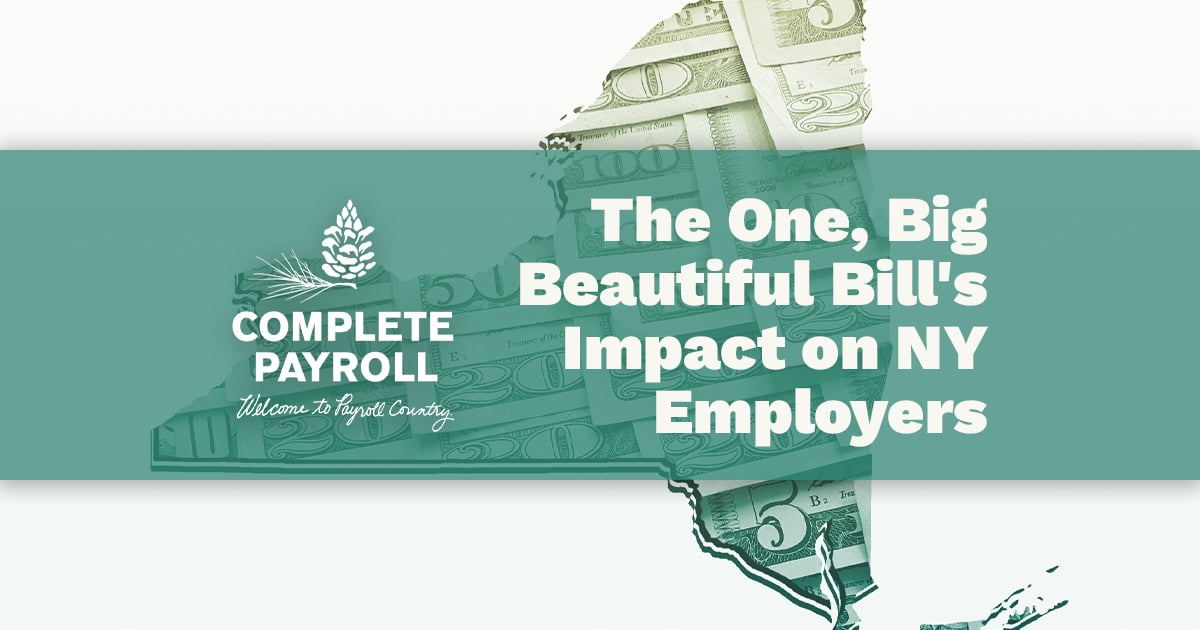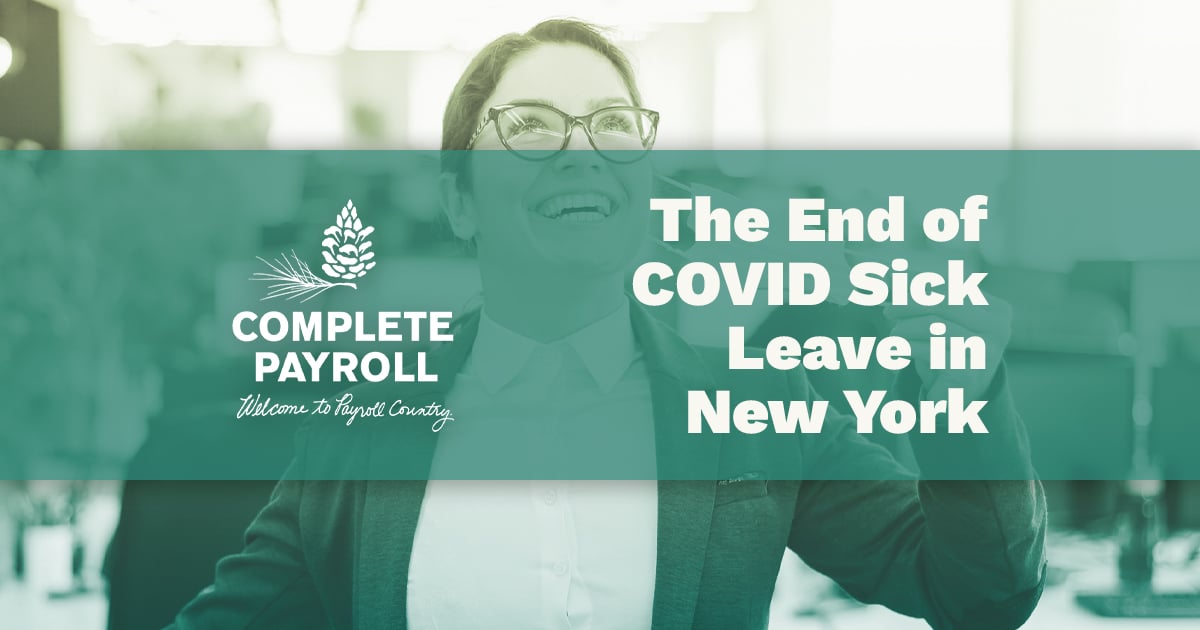In its 2024–25 budget, New York became the first state in the United States to enact a prenatal leave law that takes effect on January 1, 2025. The law will require employers of all sizes to provide eligible expectant employees with up to 20 hours of paid prenatal leave annually. While New York is the first state to enact this groundbreaking law, other states are expected to follow suit.
As the first law of its kind, it provides pregnant workers with a separate, protected bank of paid leave for prenatal care in addition to their other leave benefits. Employers should be aware that they will be required to provide 20 hours of prenatal leave annually for pregnant employees and should be prepared to adjust their budgets, schedules, and policies to reflect this change.
New York Prenatal Leave Law
The NYS prenatal law requires employers to provide their expectant employees with paid prenatal leave to receive healthcare services relating to their pregnancy. All New York employers, regardless of size, will have to provide their employees with 20 hours annually of paid prenatal leave. This leave will be taken in hourly increments, with a minimum of one-hour increments. Prenatal leave must be paid out at either the employee’s hourly wage or the state minimum wage, whichever rate is higher.
Paid prenatal leave can be used by employees to receive healthcare services, including physical examinations, medical procedures, testing, or discussions with a healthcare provider, all relating to their pregnancy.
This benefit has different provisions than sick pay, as it will be available to employees immediately upon hiring, and any prenatal leave not taken at the end of the year will not be paid out to employees.
Since this law is newly developed, it’s very likely that there will be more details and guidelines regarding it as January 1, 2025, gets closer. Currently, paid prenatal leave does not require any advance notice, documentation of healthcare services, or other stipulations.
Who is Eligible for NYS Employee Pregnancy Leave?
Paid prenatal leave applies to all expecting employees who work in the state of New York. The employee must be pregnant and require time off for prenatal care appointments.
NYS employee pregnancy leave eligibility is for the expecting employee only, meaning that prenatal leave benefits are not extended to spouses or domestic partners of pregnant employees. For example, if an employee is not pregnant but their spouse or partner is, the employee cannot request paid prenatal leave to attend a healthcare appointment with their partner.
Both full-time and part-time employees can receive paid prenatal care leave, with eligibility beginning as soon as they are hired by an employer. Unlike other paid leaves, an employee does not need to be with a company full-time or for a certain amount of time before they’re eligible for or accrue this benefit. Additionally, employees who request to take prenatal leave are protected from discrimination or retaliation.
What Does NY Paid Prenatal Leave Mean for Employers?
This new law aims to provide a supportive workplace environment for expectant employees. Once this law goes into effect, employers may have to adjust their operations to accommodate this change, such as adjusting schedules and budgets and updating their policies.
Whether a company is large or only consists of a few employees, employers of all sizes will be required to provide their full-time and part-time employees with paid prenatal leave annually. Expectant employees are eligible for this leave immediately upon hiring; there is no waiting period or accrual period.
Paid prenatal leave is in addition to the other paid leave that businesses offer their employees. However, unlike other paid leave, employers are not required to pay out any unused prenatal leave upon the separation of an employee from their company.
Under New York law, prenatal leave is not considered hours worked, including for overtime purposes, and employers cannot require employees to disclose health information for when they take the leave.
Key Provisions for NY Prenatal Leave
Here are the few key points of provision for paid prenatal leave that employers must be aware of:
- Leave Use and Duration: Expectant employees are entitled to 20 hours of paid prenatal leave during any 52-week period. Prenatal leave can be used for qualifying health reasons only and taken in hourly increments.
- Qualifying Reason: Expecting employees may take prenatal leave only for healthcare-related reasons; it cannot be used for vacations or other purposes.
- Addition to Other Leave: Paid prenatal leave is different from other sick pay or vacation time and can be used in addition to any of these other leaves without affecting them.
- Effective Date: Beginning January 1, 2025, employers must provide paid prenatal leave to eligible employees. Employers should have their policies and handbooks updated and ready for the effective date.
- Further Guidance Anticipated: Further guidance and details are expected to be provided with this law, and employers should stay on the lookout for more guidelines as the effective date approaches.
Employer Compliance
Employers in New York can prepare for this law to take effect by reviewing their policies and procedures to make sure they are prepared to comply before January 1, 2025.
To begin preparing, employers should update employee handbooks and leave policies to include the new prenatal leave benefit and train managers and HR professionals on the law's requirements. Unlike New York’s paid sick leave law, employers are not required to inform employees of their paid prenatal leave rights under the law, but they must provide employees with period prenatal leave if an eligible employee requests it, as well as update their handbooks to include them.
Additional steps employers should take are to ensure their payroll systems are configured to properly administer prenatal leave pay and consult with legal professionals to navigate the details of this significant new employee benefit.
All businesses should start to prepare to be compliant with New York's groundbreaking prenatal leave law. Contact Complete Payroll for assistance in updating your policies and educating your management team!

















 Get Instant Blog Notifications
Get Instant Blog Notifications


